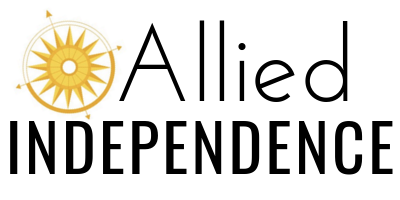3 Impactful Classroom Modifications for Students with Visual Impairments
1. Rethink Your Décor: Less is More!
We’ve all been there—decking out our classroom walls with colorful posters, banners, and student artwork. It feels welcoming and exciting! But for our learners with visual impairments, all this stuff on the walls can quickly become overwhelming. Instead of focusing on your lessons, their brains might be too busy trying to process what’s around them.
So, here’s a game-changer: make sure everything on your walls has a purpose. If your students can’t easily access or understand it, it’s not helping. Try using simple, solid borders instead of patterns. And if you have things hanging from the ceiling, go ahead and take them down—they’re likely just adding to the visual clutter.
By creating a cleaner, more focused environment, you're not only making your classroom more accessible, but you're also giving all your students the chance to fully engage with your lessons.
2. Master the Lighting: Find the Right Balance
Lighting is another overlooked but essential piece of the accessibility puzzle. Think about those bright fluorescent lights in your classroom. They may seem fine, but for students with visual impairments, that harsh light can cause major glare, making it hard to see anything at all.
Many teachers try turning off the lights, but that’s not the solution either. Some students with low vision might struggle even more in dim lighting.
What’s the fix? It’s simpler than you think. Try adding sheer fabric or covers over your fluorescent lights. This reduces the glare without plunging the room into darkness. It's all about balance—enough light so that students can see clearly, but not so much that it becomes uncomfortable.
3. Organize Like a Pro: Make Navigation Easy
Take a look around your classroom. Is everything easy for your students to find and access? Can they get to each station or center without your help?
Organization isn’t just about tidiness—it’s about making your room more navigable for students with visual impairments and other challenges.
One way to do this is by using labeled bins for papers and materials. Keep everything for each center or station in its place and label it clearly. This small tweak not only makes your room visually accessible but also gives your students the independence to navigate on their own.
topics: orientation and mobility, classroom modifications, students with visual impairments, learners with visual impairments, blind, orientation and mobility specialist, orientation and mobility, teachers of students with visual impairment, teachers of the visually impaired, TVI, O&M, organization, classroom tips, classroom strategies, visual impairments, education, inclusive education, special education, accessibility, clutter-free, organization tips
